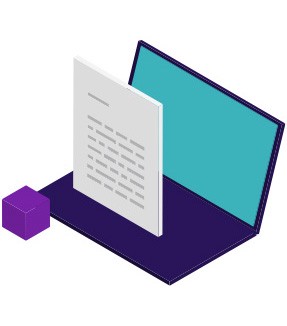Insurance policy as a smart contract. Fully automated process. Too good to be true?
Insurance is a very old industry. Nowadays, many entrepreneurs are looking for ways to optimise it, reduce administration and management costs and return it back to the people.

Source: http://www.lockton.com/affinity-group-insurance-solutions
Problems in the insurance industry are being exploited through various angles. Some startups are offering customers to return part of their premium paid if they had no claims, some of them donate a part of the premium to charity and motivate policyholders to be honest in that way. However, in each of those cases, there is a human factor involved. Administration staff needs to perform a deep KYC, estimate risk, process claims, perform payments. Such overhead increases the policy price a lot. But is it really the boundaries we cannot move?
Solution
It was until the Blockchain and Smart Contracts came into play. But at first, let’s take a look what is the insurance policy:
In insurance, the insurance policy is a contract (generally a standard form contract) between the insurer and the insured, known as the policyholder, which determines the claims which the insurer is legally required to pay. In exchange for an initial payment, known as the premium, the insurer promises to pay for loss caused by perils covered under the policy language.

Source: http://www.hongkiat.com/blog/freelance-contract-clauses/
Basically, the insurance policy is a piece of paper with a list of “if this then that” and signatures of both sides. Usually these conditions are defined not in a trivial way and as insurers’ goal is to pay policyholders as less as possible, usually, customers are dissatisfied and usually feels and are fooled due to lack of experience. On the other hand, customers perform fake claims, lie and cheat to get the payout. In the end, both sides are not happy with each other and some of those issues even lead to court.

But what if we could have a policy written as a code, executed in a decentralised way and without any human intermediary? All this is now possible with the help of IoT and blockchain. Using IoT you can track device state daily, hourly, monthly — depending on the device type. Store that data, monitor the changes using AI and in the case of misbehaviour initiate the proved by actual data claim to Smart contract. The smart contract would go through “if and else” conditions to check various cases, payout sizes, etc. and initiate payment automatically directly to customer’s wallet. Sounds like a future?

It is not. We have written a prototype Smart Contract on Ethereum blockchain, which calculates the price depending on the parameters given, registers the insuree, accepts the claim, and in case if all conditions are satisfied, payment is initiated. That’s it! Really that simple.

The business case we took for our MVP is phone battery (due to the simplicity of data gathering) and the goal was to focus on the whole insurance policy implementation on Ethereum. Take a look, how the future insurance policy will look like here. I honestly suggest you learn the basics of coding because that’s how future contracts will be presented: with a full transparency, clear conditions, no hidden crap and with a pure code which you will have to understand.
Please take a look at our iOS demo app working with Ethereum Ropsten Testnet.
You can download Android and iOS apps to try it on your own. The download links can be found at our website: https://Aigang.Network
The future is near! Let’s not put ourselves into a box and think only insuring devices themselves, right? I cannot wait till we have sensors implanted into our body which will monitor our heart rate, blood pressure, blood quality, and in the case of any issue, you would be automatically registered to your doctor and get a payout for a service. This is the world we will live in the next five years!
Hi! I am a robot. I just upvoted you! I found similar content that readers might be interested in:
https://medium.com/aigang-network/insurance-policy-as-a-smart-contract-fully-automated-process-too-good-to-be-true-39c613c18d8d